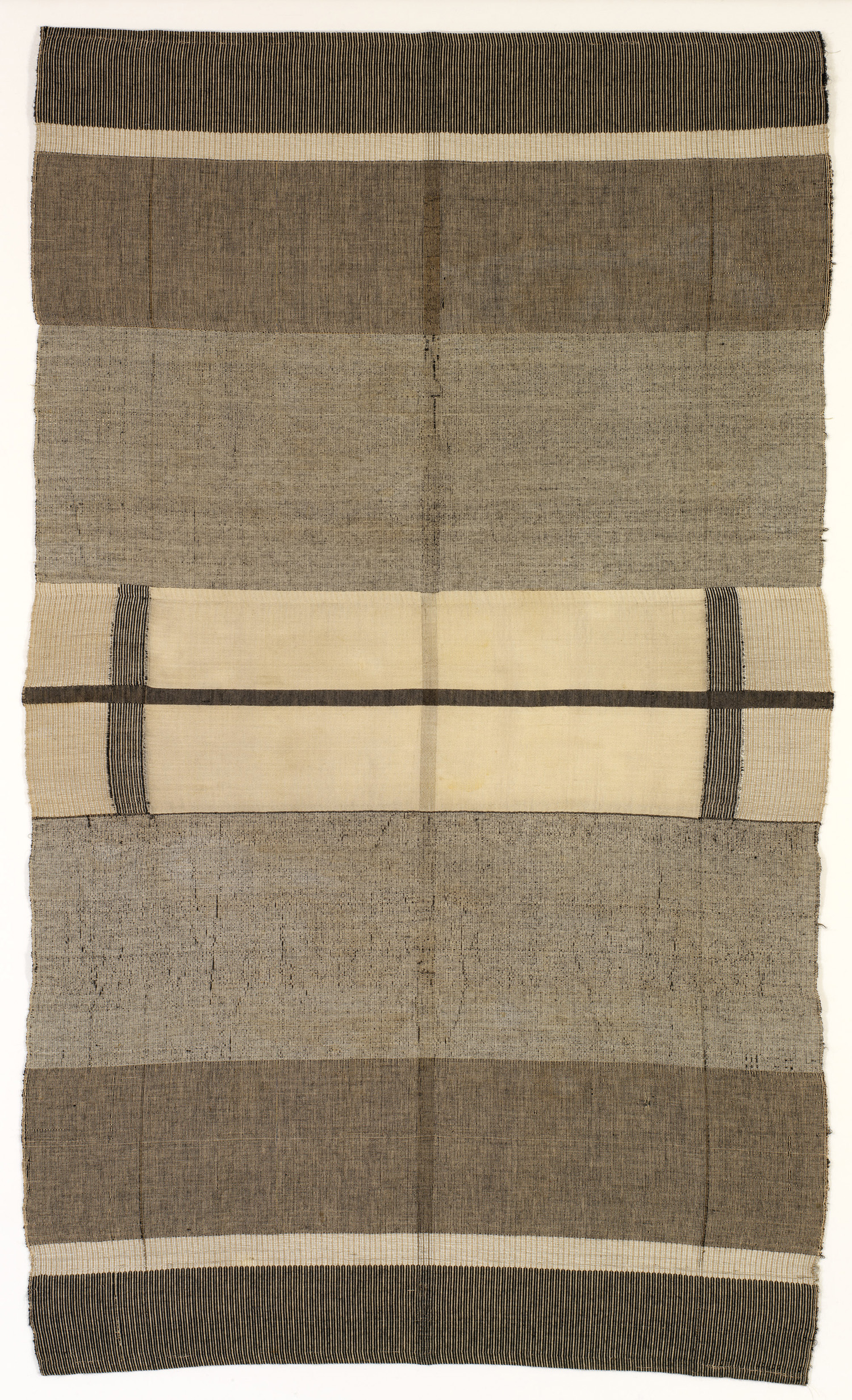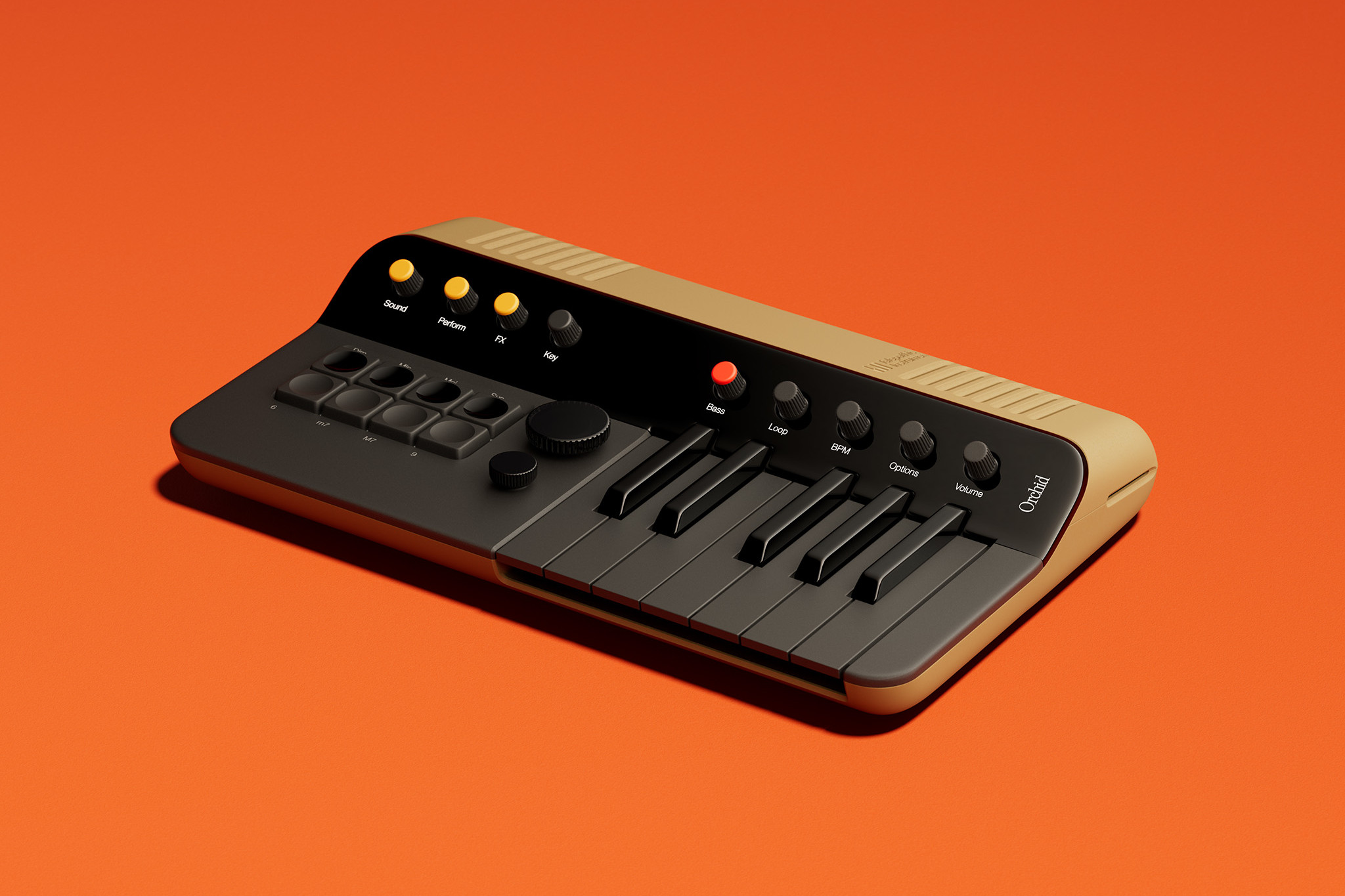Is the iPhone the ultimate symbol of modernist design?
A new book explores the links between Bauhaus and the Apple iPhone

The act of creation is messy and chaotic, and the conflicting demands and desires of designers, manufacturers, retailers and consumers makes a mockery of good intentions. The Bauhaus School continues to lurk in the unconscious of the contemporary designer. The ideals and ethos of the Bauhaus, not to mention the huge influence wielded by the school’s teachers and alumni, continue to be held up as a high-water mark for good design in all its forms. So it stands to reason that if you can draw a direct line between a contemporary product and the extensive catalogue of Bauhaus-era designs, you can lay claim to one of the school’s immutable core beliefs: that all ‘good design’ has innately pure and progressive motives.
American arts writer Nicholas Fox Weber’s new book is an attempt to draw this line for one of the most ubiquitous symbols of modern design, the Apple iPhone. Weber is well versed in Bauhaus lore, having helmed the Josef and Anni Albers Foundation for four decades, getting to know the emigre couple and their circle while never ceasing to marvel at their asceticism and general all-round wisdom. The line he creates arrives indecently quickly at the iPhone, largely by way of tracing Steve Jobs’ enthusiasm for Bauhaus-style design, purist typography and the evident influence of Dieter Rams on the company’s output during its most ‘high design’ era under Jonathan Ive.

Nicholas Fox Weber with Anni Albers, by Faith Haacke, 1981.
This is a book for those who like anecdotes and connections, behind the scenes insights and potted biographies of key players. For example, it offers an insightful summary of the Bauhaus diaspora, and how the Albers and their peers ended up so revered and influential within the burgeoning post-war art and design scene. There’s no denying that Weber’s suggested connection exist in some form – there’s practically no aspect of global design education that wasn’t influenced by the German school, whether it’s the mythos of creativity or the practical structure of courses and internships. However, it is a tall order trying to conflate consumer technology with the high-minded world of fine art.
By the end of the book, the dots are duly connected, but the result is more six degrees of separation than a solid, unbroken line. Perhaps unwittingly, Weber ends up perpetuating the age-old narrative of (most male, mostly white) genius, benevolently bestowing their vision on huddled masses that know no better. That the iPhone and its billions of imitators are remarkable is without question. That they are somehow innately ‘good’, let alone ‘sublime,’ is almost entirely subjective. Finding an equivalence between the Homage to the Square series and the glassy perfection of a freshly unboxed iPhone 11 is one thing, but it conveniently sidesteps the myriad ways in which a smartphone is so much, much more than a triumph of art, design and engineering, for better and for worse.

Josef Albers Homage to the Square, 1976, New York, 2020
Weber saves his most withering barbs for Tom Wolfe’s vengeful dismissal of the Bauhaus’s lofty and elitist idealism, as well as the dark arts of branding and the endlessly mutating world of social media. These things don’t seem to fit the purist narrative that places the designer – and the artist – on a pedestal high above the rest of us. When crude reality intervenes, it does not always go well. For example, Ive’s subsequent departure from Apple to set up LoveFrom is given short shrift. ‘What is certain is that this [firm] is a long way from the restraint and dignity of Bauhaus,’ Weber writes with palpable disdain at this perceived triumph of commerce over culture.
Ultimately, who knows what the Albers would have made of the iPhone (Josef died in 1976, Anni in 1994)? Weber’s first-hand knowledge of the couple paints them as charming, monastic, opinionated and relatively technophobic. When, in 1936, Josef designed the catalogue cover for the Museum of Modern Art’s Machine Art exhibition (curated by Philip Johnson), the hero image was a giant industrial ball bearing, bereft of any function or context. The Albers would undoubtedly have admired the iPhone’s glassy perfection, but one suspects they wouldn’t even have attempted to turn it on, let alone actually use it.

Anni Albers Wallhanging 1924 Cotton and silk, New York, 2020
INFORMATION
The iPhone as the Embodiment of Bauhaus Ideals and Design, Nicholas Fox Weber, $28, Penguin.
Wallpaper* Newsletter
Receive our daily digest of inspiration, escapism and design stories from around the world direct to your inbox.
Jonathan Bell has written for Wallpaper* magazine since 1999, covering everything from architecture and transport design to books, tech and graphic design. He is now the magazine’s Transport and Technology Editor. Jonathan has written and edited 15 books, including Concept Car Design, 21st Century House, and The New Modern House. He is also the host of Wallpaper’s first podcast.
-
 All-In is the Paris-based label making full-force fashion for main character dressing
All-In is the Paris-based label making full-force fashion for main character dressingPart of our monthly Uprising series, Wallpaper* meets Benjamin Barron and Bror August Vestbø of All-In, the LVMH Prize-nominated label which bases its collections on a riotous cast of characters – real and imagined
By Orla Brennan
-
 Maserati joins forces with Giorgetti for a turbo-charged relationship
Maserati joins forces with Giorgetti for a turbo-charged relationshipAnnouncing their marriage during Milan Design Week, the brands unveiled a collection, a car and a long term commitment
By Hugo Macdonald
-
 Through an innovative new training program, Poltrona Frau aims to safeguard Italian craft
Through an innovative new training program, Poltrona Frau aims to safeguard Italian craftThe heritage furniture manufacturer is training a new generation of leather artisans
By Cristina Kiran Piotti
-
 Apple updates the iPad Air with new silicon, new intelligence and new colours
Apple updates the iPad Air with new silicon, new intelligence and new coloursMeet the new M3-powered Apple iPad Air, a compact multimedia tablet built for graphics and AI and capable of outclassing many laptops
By Jonathan Bell
-
 Apple is rumoured to be releasing a foldable iPhone. How should it stand out from the crowd?
Apple is rumoured to be releasing a foldable iPhone. How should it stand out from the crowd?The new model is forecast for 2026, but Apple’s competitors have already entered the foldable phone market. Is the tech megabrand late to the party, or can we expect something special from its contribution?
By Anna Solomon
-
 Year in review: top 10 gadgets and tech of 2024, as chosen by technology editor Jonathan Bell
Year in review: top 10 gadgets and tech of 2024, as chosen by technology editor Jonathan BellThe very best of 2024’s gadget and technology launches and stories, from emerging AI to retro gaming, laser projectors and musician’s side projects
By Jonathan Bell
-
 Apple’s new Mac mini is a pocket-sized powerhouse thanks to the M4 processor
Apple’s new Mac mini is a pocket-sized powerhouse thanks to the M4 processorWith the new Mac mini, Apple has squeezed its M4 and M4 Pro processors into the smallest conceivable footprint, physically and environmentally. Apple insiders tell us how
By Jonathan Bell
-
 Apple’s Alan Dye and Molly Anderson discuss the design of Apple Watch Series 10
Apple’s Alan Dye and Molly Anderson discuss the design of Apple Watch Series 10In addition to the Apple Watch Series 10, Apple has also introduced a new black titanium finish for the premium Apple Watch Ultra 2; here’s what’s new
By Nick Compton
-
 Nothing explodes its mid-range masterpiece to create the Nothing Phone (2a) Plus
Nothing explodes its mid-range masterpiece to create the Nothing Phone (2a) PlusWe get our hands on the new Nothing Phone (2a) Plus, an upgraded and enhanced smartphone that promises a better photographic experience, smarter software and more
By Jonathan Bell
-
 Watch Steve Jobs give a keynote at the 1983 International Design Conference in Aspen
Watch Steve Jobs give a keynote at the 1983 International Design Conference in AspenThe latest publication from The Steve Jobs Archive captures Apple’s co-founder giving a typically iconoclastic performance to a 1980s audience of design
By Jonathan Bell
-
 The new Beats Pill: exclusive interview with Apple’s Oliver Schusser
The new Beats Pill: exclusive interview with Apple’s Oliver SchusserOliver Schusser, an Apple Vice-President, is in town to talk Pills, thrills and heartaches. We sat down to explore the Beats portable music strategy
By Craig McLean